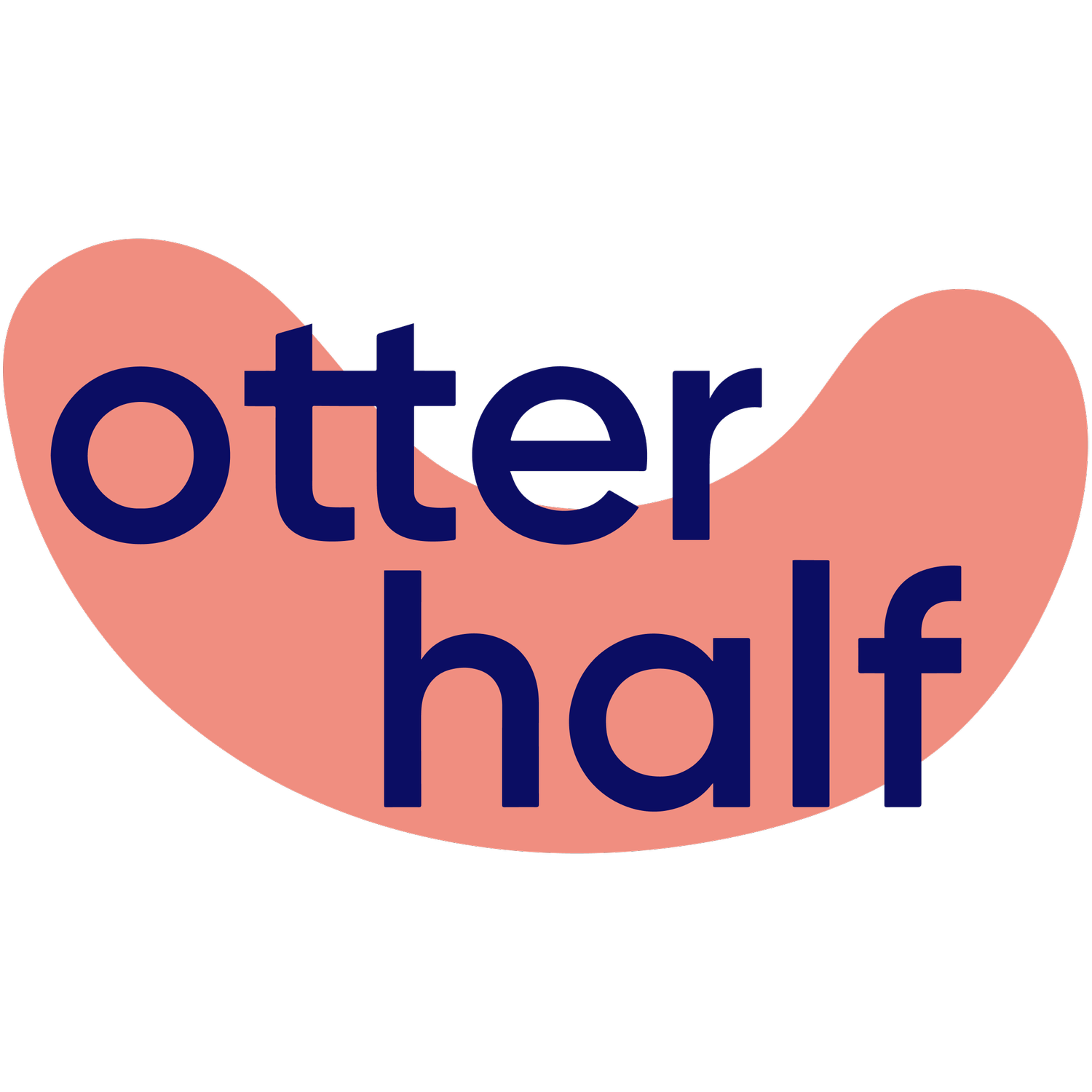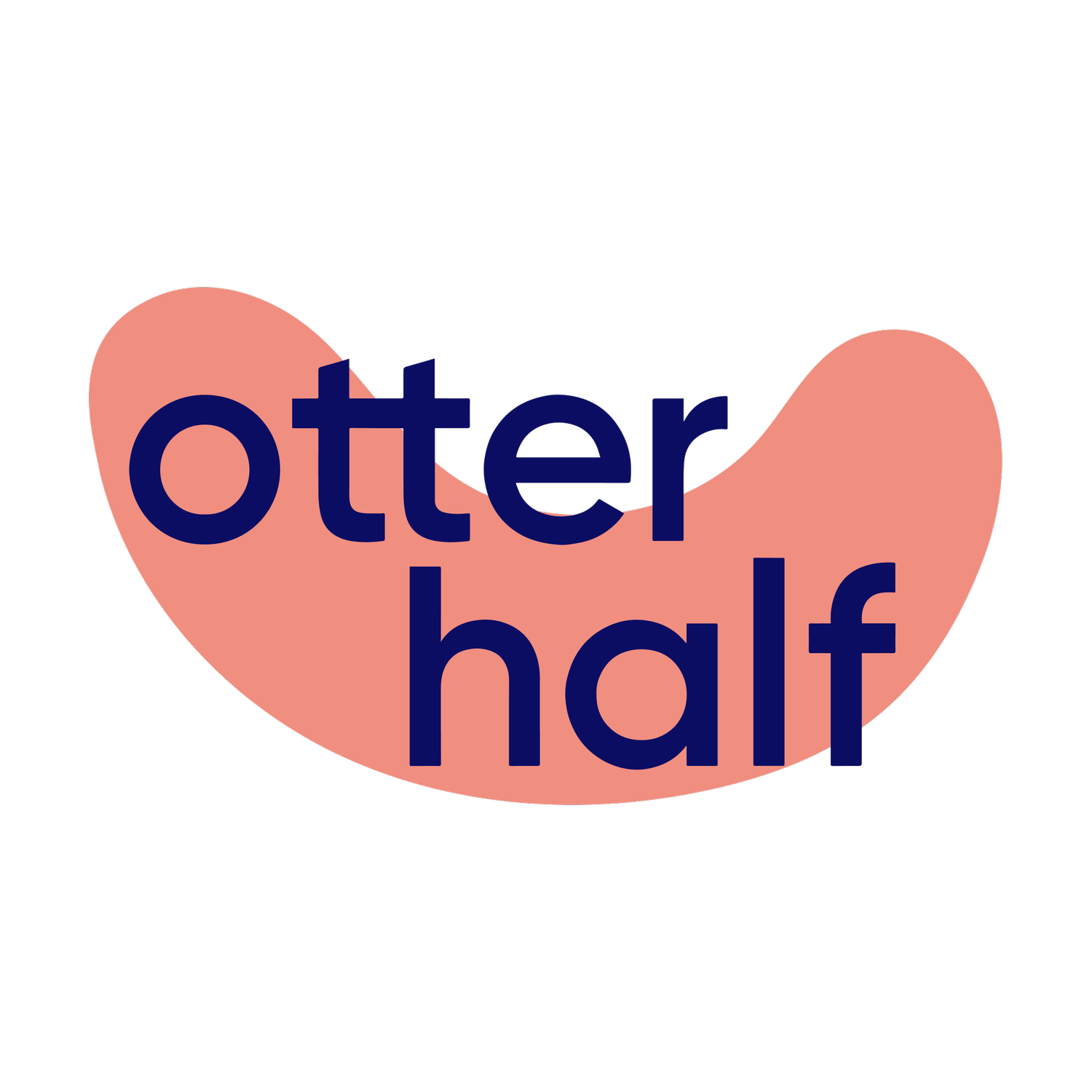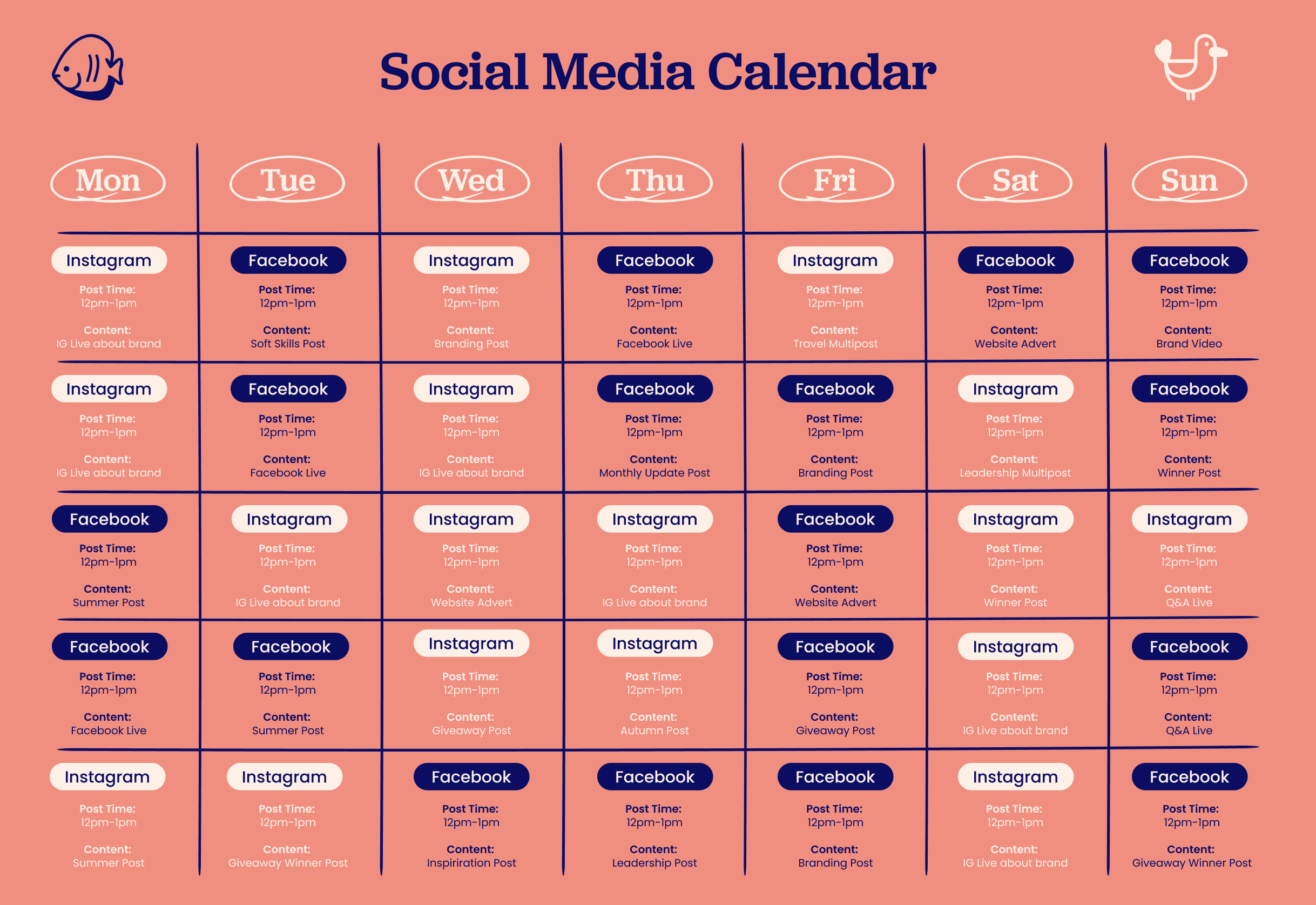Tips for building a good social content calendar
The age-old question, "What's our next post on social media?" has crossed everyone's mind at one time or another. Just as your personal and work calendars are indispensable tools, your social media accounts also require a well-structured schedule.
A social media calendar streamlines the content creation and publishing process by providing you with a clear and organised timetable. But what makes a social media content calendar so indispensable for marketers? Let’s find out.
What is a social media content calendar?
Imagine having a bird's-eye view of your entire digital marketing landscape. That's exactly what a social media content calendar offers to marketers and social media managers. It's more than just a schedule; it's your organised blueprint, outlining when and where each post will shine across platforms like TikTok, Instagram, Facebook, and more. If you’re interested, here is our take on the new-age social media apps to consider for your brand in 2023.
This structured approach is a non-negotiable for any marketing strategy. With a content calendar, you'll effortlessly juggle the demands of different platforms, keeping your brand's presence cohesive and captivating.
4 elements of an effective social media calendar
Content themes and categories
Organising your content around specific themes or categories not only provides structure but also ensures a diverse and engaging mix of posts. This gives your audience a clear expectation of what to anticipate from your brand. For example, a fashion brand can implement themes such as "Symmer Trends," "Photography Tips," and "Customer #fitcheck spotlights," providing a balanced and compelling content journey.
Social media calendars should be customised for each channel, as audience behaviour on various channels can differ greatly. Check out these 5 TikTok marketing strategy tips to learn more. With a robust content calendar, you can showcase different facets of your brand and keep your audience consistently engaged.
2. Content formats
Diversifying your content formats caters to different audience preferences and maximises engagement. This includes videos, infographics, blog posts, user-generated content, and more. For example, a fitness brand may incorporate a mix of workout videos for visual learners, recipe posts for nutrition enthusiasts, and inspirational quotes for motivation seekers.
Catering to various content formats ensures that you're appealing to a wider audience base, capturing attention and resonating with different segments.
3. Posting schedule
Maintaining a consistent posting schedule is imperative for sustaining audience engagement. Consider factors such as optimal posting times for your target audience and the frequency of posts per platform. Tools like Buffer or Hootsuite can be helpful in not only scheduling but also automating posts, ensuring a steady stream of content.
Consistency establishes trust with your audience. They come to expect and look forward to your content, resulting in increased visibility and a loyal following.
4. Content calendar scheduling tools
Source: Sprout Social
Leveraging specialised software or platforms designed for content planning and scheduling is a game-changer. These tools offer functionalities for collaborative planning, scheduling, and tracking content performance. Notable examples include CoSchedule and Sprout Social to streamline your content management process.
Using these tools elevates efficiency and productivity, enabling you to focus on crafting high-quality content rather than getting bogged down by organisational tasks.
Metrics matter: Enhancing your social media strategy
In the fast-paced world of digital marketing, data is the compass that guides your strategy. Understanding the metrics that truly impact your success is key, and you can leverage tracking platforms like Google Analytics or iconosquare to help you with this. Here are three key metrics that every business and marketer should be tracking.
Engagement Rate
This metric quantifies the level of interaction your content receives, including likes, comments, shares, and clicks. A high engagement rate signifies an active and engaged community. This results in heightened brand visibility, trust, and a greater likelihood of conversions.
According to Hootsuite, engagement rates vary across different social media platforms. LinkedIn boasts the highest engagement rate at 1.53%. On Instagram, the average engagement rate stands at 1.48%, followed by X at 1.26%, TikTok at 1.20% and finally Facebook at 0.96%.
Source: Hootsuite
2. Click-Through Rate (CTR)
CTR measures how effectively your call-to-action (CTA) guides traffic to your website or landing page. A high CTR not only demonstrates that your content is engaging but also its effectiveness in driving your audience towards taking action. This action can range from making a product purchase to signing up for a newsletter. According to Statista, social media advertising typically reaches a CTR of 1.36%
3. Conversion Rate
A high conversion rate shows that your social media strategy is delivering tangible business outcomes. The conversion rate tracks the percentage of users who take a desired action, directly aligning your social media efforts with your business objectives. However, defining a good conversion rate is not as straightforward—it hinges on several factors:
Industry and type of product or service
Marketing channel
Average sales cycle length from awareness to conversion
Other considerations for marketers
Stay Agile
Source: Spotify
A content calendar provides structure, but it's your agility that allows you to trendjack on current events, trends, and shifts in audience preferences. When executed effectively, trendjacking can enhance your brand's image and contribute to achieving your marketing goals. With successful trendjacking, you can amplify discussions related to your brand, potentially gaining new followers. For instance, every year, Spotify unveils its highly anticipated #Wrapped campaign, inviting users not only to celebrate but also to assume the role of music critics, judging their friends' musical tastes. The platform provides end-of-year statistics, including top artists, songs, genres, and podcasts. It even dives into individual users' listening habits, detailing minutes spent, favourite genres, artists, and tracks.
By encouraging users to proudly showcase their musical inclinations, Spotify not only fosters a sense of belonging but also cultivates a lively community around its brand.
2. Improve tracking and analysis
Closely monitor how each post and campaign performs. This gives you crucial insights into what your audience prefers, allowing you to make informed decisions for future campaigns.
For instance, while organic reach on platforms like Facebook may have slowed down, paid ads continue to excel. This knowledge helps you focus your efforts wisely, whether through paid promotions or organic content—saving you time and resources in the long run.
3. Work with a trusted content production partner
Crafting content is enjoyable, but if you're aiming for excellence, a haphazard approach won't cut it. Relying on last-minute brainstorming sessions right before a post is due won't lead to optimal results—it's a gamble, not a strategy. Furthermore, it can undermine your content marketing efforts in the long term.
The OtterHalf team works on social media content creation, management, and maintenance across platforms such as TikTok, Instagram, and Facebook. Deliverables include account set-up, management, static posts or video creation, and optimisation. In addition to organic efforts, we offer specialised services for paid social media marketing. Ready to grow your business?






